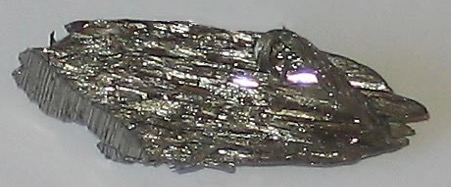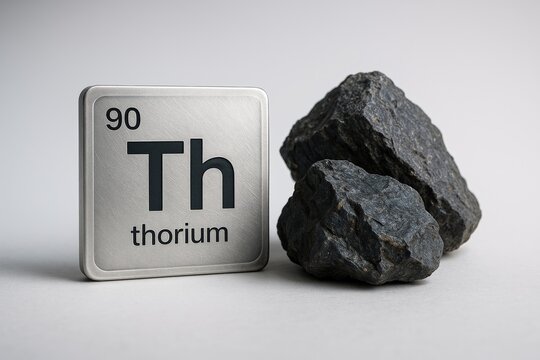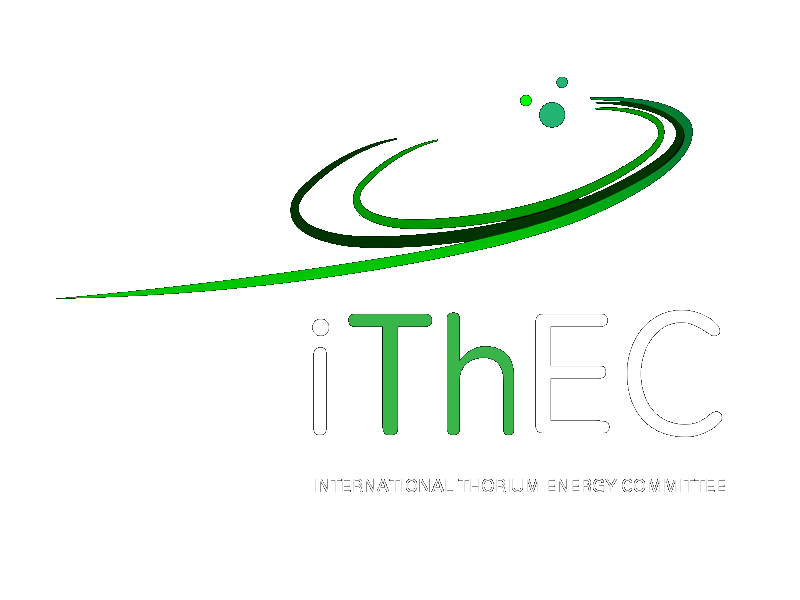Overview
Thorium is the second element in the actinide family, which also contains uranium. It is a metal with symbol Th and atomic number 90; Natural thorium (232Th) is isotopically pure, and its half-life is 14 billion years, close to the age of the universe. It is silvery-gray in appearance, weakly radioactive, and it tarnishes black in air as a surface layer of thorium dioxide forms. It is moderately hard and malleable, with a high melting temperature near 1750 °C, compared to 1132 °C for uranium, reflecting strong metallic bonding typical of early actinides.
Occurrence and Extraction
Thorium is estimated to be about three times more abundant than uranium in the Earth’s crust. It is more broadly distributed world-wide than uranium and occurs widely in minerals such as monazite and thorite. It is usually refined from monazite sands, as a by product of rare earth elements extraction, with established processing routes involving acid leaching and solvent extraction.

History
In 1829, Jöns Jakob Berzelius isolated thorium from a Norwegian mineral later named thorite (thorium silicate) and produced metallic thorium by reducing thorium fluoride with potassium, confirming it as a new metal. Thorium’s radioactivity was first reported by Gerhard Schmidt in early 1898 and independently verified by Marie Curie later that year in her foundational studies of radioactive emissions.
Nuclear Fuel Interest
Thorium is fertile rather than fissile; upon neutron absorption 232Th breeds 233U, which is fissile and forms the basis of thorium fuel cycles under study for nuclear energy. Several thorium related reactors and experiments have been built, from the Oak Ridge molten salt work to recent demonstrations such as China’s TMSR LF1 molten salt reactor, which reached full 2 MW power in June 2024, underscoring continuing R&D interest in thorium-based systems.

